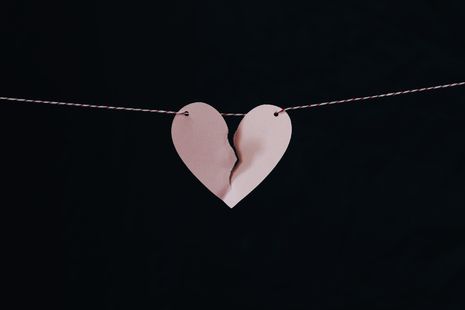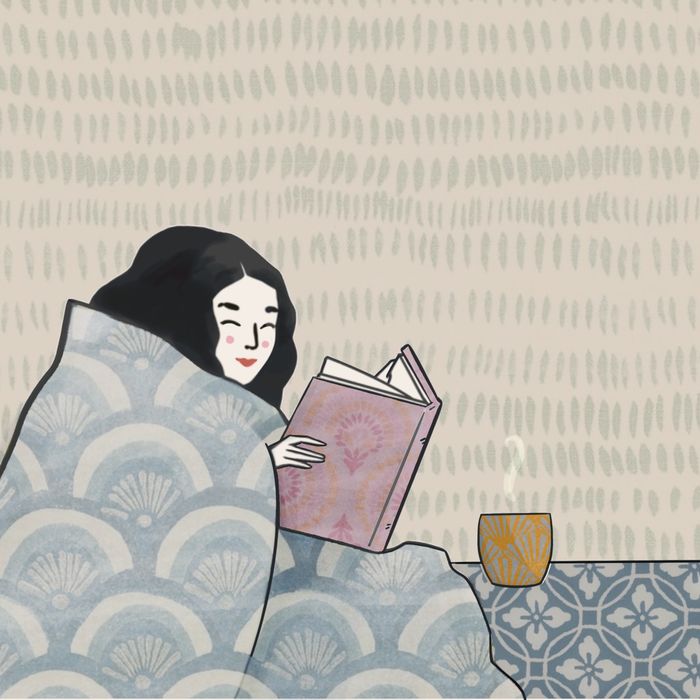The Museum of Broken Relationships
Emma Robinson muses on empathy, the acceptance of loss, and the commodification of pain in The Museum of Broken Relationships.

“Ever has it been that love knows not its own depth until the hour of separation.”- Kahil Gibran, The Prophet
Graveyards are places of profound peace, as respect brings silence and stillness. But, paradoxically, they are also intense, because these tangible spaces and objects carve out a pathway for our emotions. Inscriptions in granite, overlaid by earth, represent uncountable and ineffable memories. If loss is a shadowy presence of the past, then graves give it shape.
Imbuing objects with intense and even exaggerated signification enables people to find an outlet. It grants people permission to look backwards – to remember, to grieve, and continue to love – instead of experiencing such emotions as dilute but incessant undercurrents. Perhaps by attaching sentiments and stories to objects, we are not exalting the objects themselves, but facilitating the normalisation of everything else. Without a single emblem of childhood, a parent, or a partner, would we all become hoarders? Just as people say you must experience the lows to appreciate the highs, perhaps we must create spaces for the intense, so we can be alleviated and find peace in the everyday. Perhaps this is de-theatricalised catharsis; perhaps it is wrong, after all, to say graveyards are places of profound peace; rather, it’s merely that we leave them feeling peaceful.
“You could call The Museum of Broken Relationships a graveyard of love.”
You could call The Museum of Broken Relationships a graveyard of love. Found in Croatia and California, they request for submissions of objects that remind of people’s past relationships, anything from belly-button lint to a plush Snoopy or an axe. The anonymous submissions are labelled with two dates (when the relationship began and when it ended) and a story. Some people feel liberated from love, celebratory. Some are longing for it still. Others are lost along with it, themselves divided, halved.
Leftovers.Instagram/brokenshipsla
It’s easy to comprehend the appeal of submitting stories and objects to the museum. It enables acceptance by shamelessly exalting messiness, but it also curates the process of detachment, signalling a movement forwards – away and on. A part of your life exists in stasis, recorded like a photograph, but you are freed from the temptation or threat of its possible re-emergence. It is the desired absence without the aggressive destruction. It is both burnt and framed. This tension between preserving and releasing emotion can be observed in the work of many artists.
“It connects people through our shared, tumultuous journey through life. This hopeful and accepting empathy is valuable and emotionally liberating.”
What is less simply explainable is the impulse to see other people’s emotions depicted through art. Salvatore Quasimodo describes poetry as ‘the revelation of a feeling that the poet believes to be interior and personal, which the reader recognizes as his own’. Art may be a process of detachment and reconciliation from extreme emotions for the artist, but for the viewer it is an opportunity of discovery or re-emergence. This form of art doesn’t provoke sympathy, a pity for someone else’s emotional state. Rather, it evokes empathy, as you connect to someone through the commonality of essential emotions. Sympathy implies a hierarchical relationship; empathy is horizontal.
Truths from forever love.Instagram/brokenshipsla
Spencer Schillinger claims that the purest interaction of empathy is evoked through art centred around loss, as ‘no experience is more universal than that of pain… Suffering is the one true equalizer; when we are at our lowest, we are all alike, while when we are all at our highest points, our difference become glaring’. Ironically, through depicting disconnection, The Museum of Broken Relationships is seeking to connect people in a much less tangible, explicable, and narratable way than romantic love. It connects people through our shared, tumultuous journey through life. This hopeful and accepting empathy is valuable and emotionally liberating.
“This certainly darkens the connotations of the phrase ‘suffering for your art’.”
Unfortunately, anything valuable is inevitably also commodifiable; this economic undercurrent emerges in more conventional artistic projects. The Museum avoids this darker dimension of art, however, because it relies on donations and is merely self-sustaining rather than profitable.
The political and personal frustration at authors who ‘hijack’ marginalised people’s suffering when they have not lived those experiences has been widely and validly expressed. However, there has been little consideration of artists’ inclination to commodify their own pain. We could view artists and authors as imbuing their loss with profoundness, projecting narratives of self-development onto them and seeking economic success from personal difficulties. While we may wish to dismiss this opinion as cynical, songs about heartbreak are undoubtedly lucrative. This certainly darkens the connotations of the phrase ‘suffering for your art’.
Despite the Museum admirably interrogating the implicit shame around brokenness, it may also evoke a darker questioning about what drives us to make loss profound. How would we feel if there was no art in memorialising? If the grave had only a date and no poetry – an object without a story?
 Interviews / You don’t need to peak at Cambridge, says Robin Harding31 December 2025
Interviews / You don’t need to peak at Cambridge, says Robin Harding31 December 2025 News / Downing investigates ‘mysterious’ underground burial vault 29 December 2025
News / Downing investigates ‘mysterious’ underground burial vault 29 December 2025 News / Unions protest handling of redundancies at Epidemiology Unit30 December 2025
News / Unions protest handling of redundancies at Epidemiology Unit30 December 2025 Lifestyle / Ask Auntie Alice29 December 2025
Lifestyle / Ask Auntie Alice29 December 2025 Features / ‘Treated like we’re incompetent’: ents officers on college micromanagement30 December 2025
Features / ‘Treated like we’re incompetent’: ents officers on college micromanagement30 December 2025









